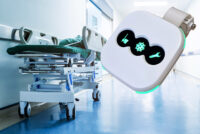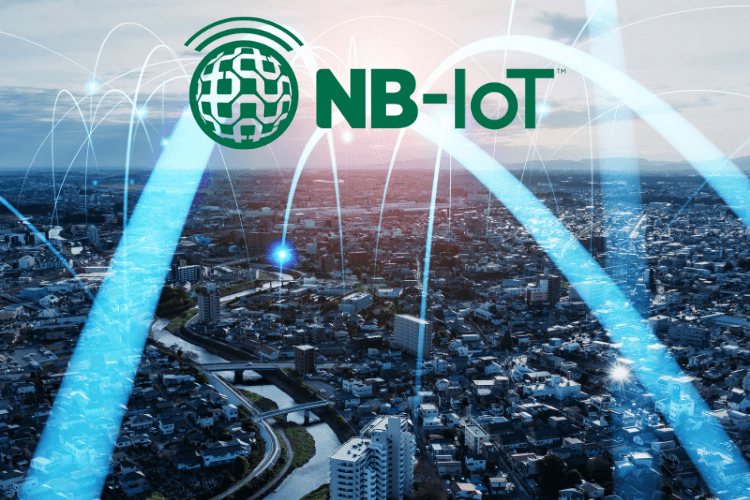Digitalization in hospitals: "BedMan" revolutionizes bed management

No more searching for a free bed or the time-consuming creation of occupancy plans. m2m Germany has developed an innovative IoT sensor for real-time tracking of hospital beds with an integrated status display, which is currently in pre-series production. The sensor is called "BedMan" and ensures improved efficiency, optimized occupancy planning and greater patient safety in hospitals. The wireless sensor was on display for the first time at this year's embedded world 2024 and DMEA in Berlin at the stand of our cooperation partner SPIE ICS.
Bed management 4.0
The BedMan sensor is designed to enable hospitals to handle bed management tasks more efficiently, i.e. in concrete terms:
- Significant time savings when searching for free beds
- Optimized bed occupancy
- Reduction of the administrative workload
- Improved communication and coordination between staff
- Increased patient safety through automatic documentation
The smart bed management system uses Bluetooth Low Power (Bluetooth LE) wireless technology to locate a bed in real time. After RFID authentication, staff can also report the need for cleaning or disinfection as well as a possible defect in the bed directly via the sensor. Thanks to the option of connecting the sensor to an asset tracking platform or HIS system, all data is recorded centrally and can be used for other tasks such as occupancy planning or as proof of documentation. The sensor can optionally be extended with LoRaWAN connectivity.

Legally compliant documentation in the hygiene chain
The administration of hospital beds involves a wide range of tasks that need to be coordinated:
- Ensuring the availability of beds
- Coordination of occupancy planning
- Safe preparation of the beds
- Management of logistics and resources
- Repair and maintenance of beds
To ensure that all processes are coordinated efficiently, safely and in a time-saving manner, a system must be implemented that digitally records and - where possible - automates all processes relating to bed management. The networking of systems and centralized information processing also play a key role here.
This is exactly where the sensor comes in. It records all documentation-relevant parameters: the location, i.e. which bed it is, the person ID who authenticated themselves at the bed, the date and time when this took place and which event triggered the person, i.e. a reported defect, a required cleaning or disinfection.
"Bed Man" thus shows how the use of IoT technologies can optimize processes in the healthcare sector and thus contribute to improving patient care.
Are you interested in BedMan?
If you would like to know more about the BedMan or have any questions, our sales team will be happy to help you.


